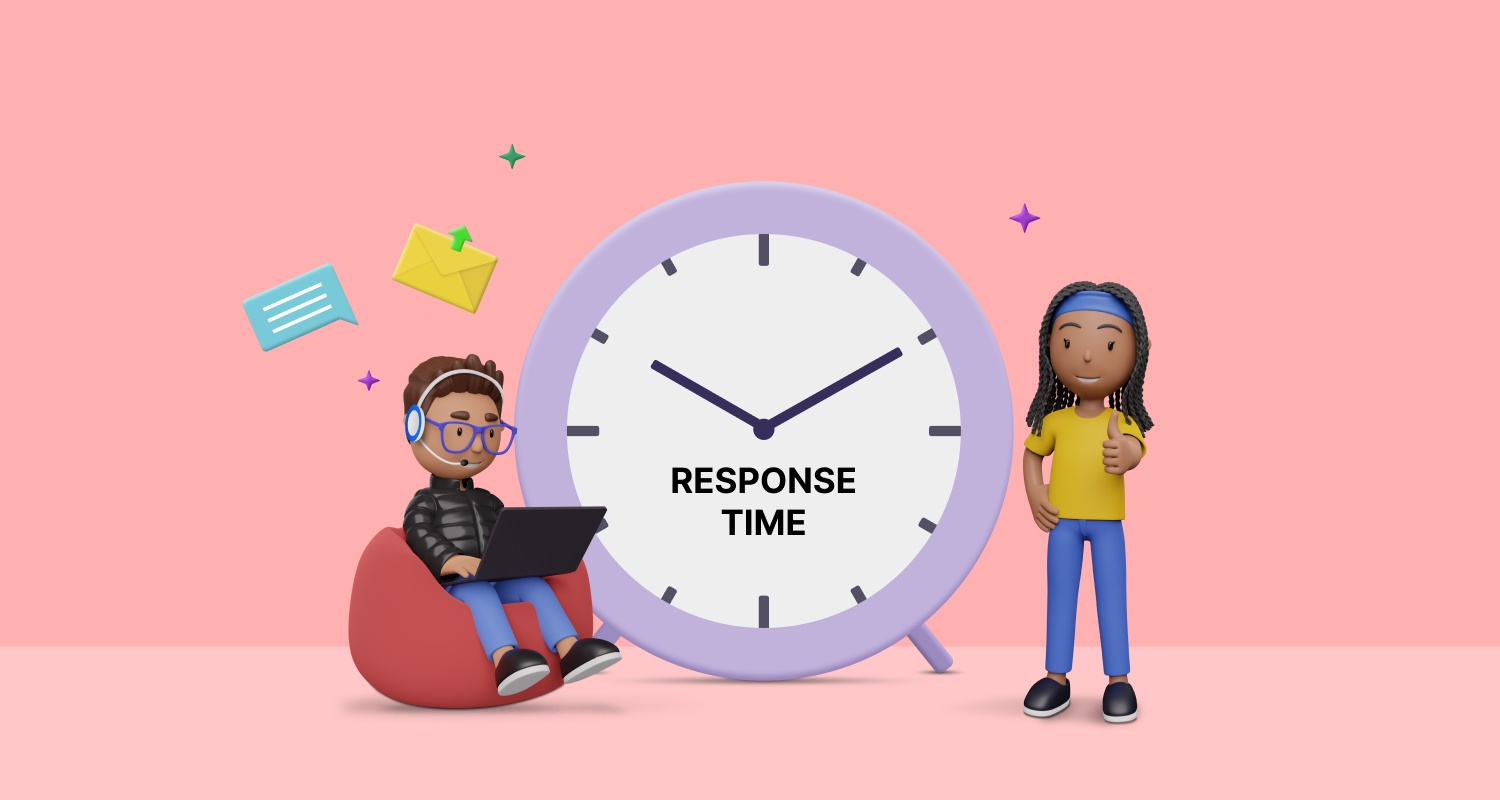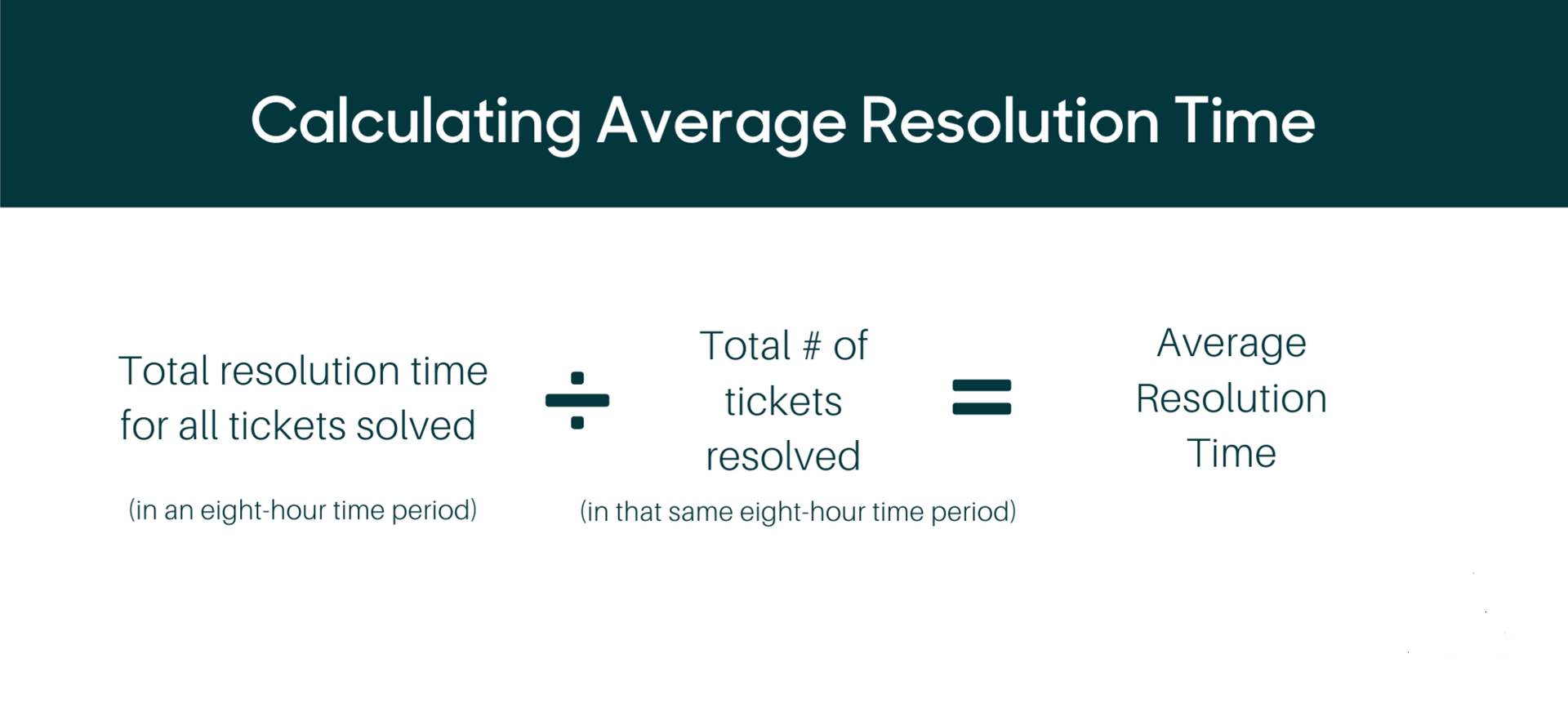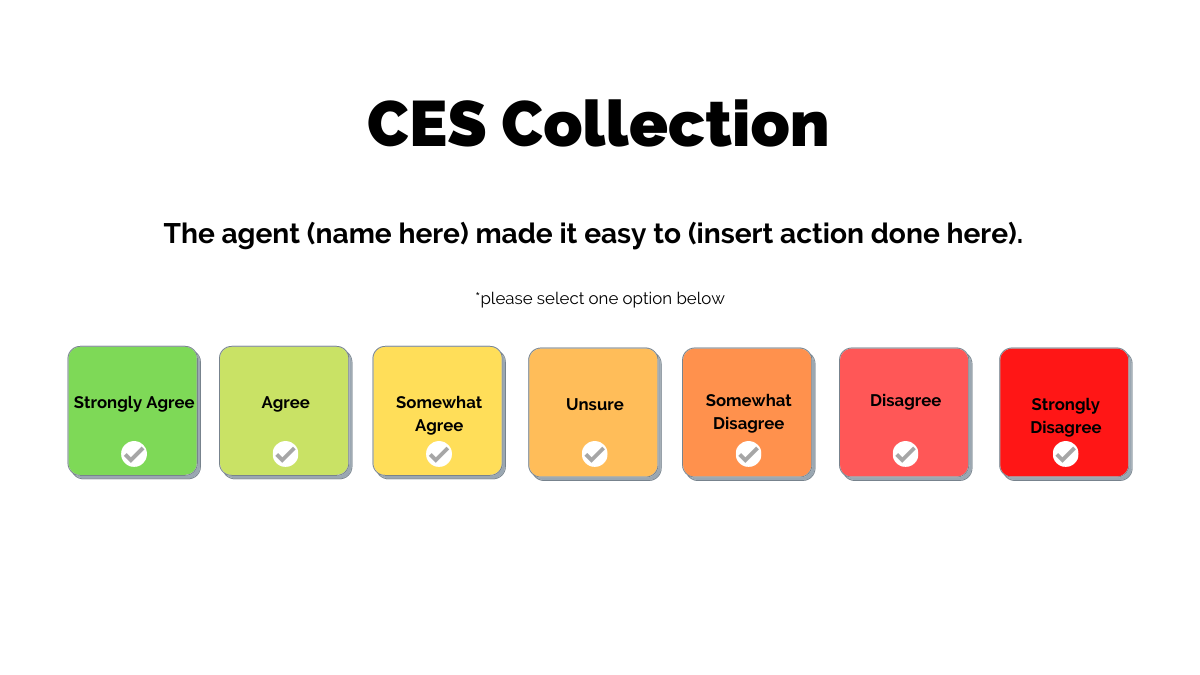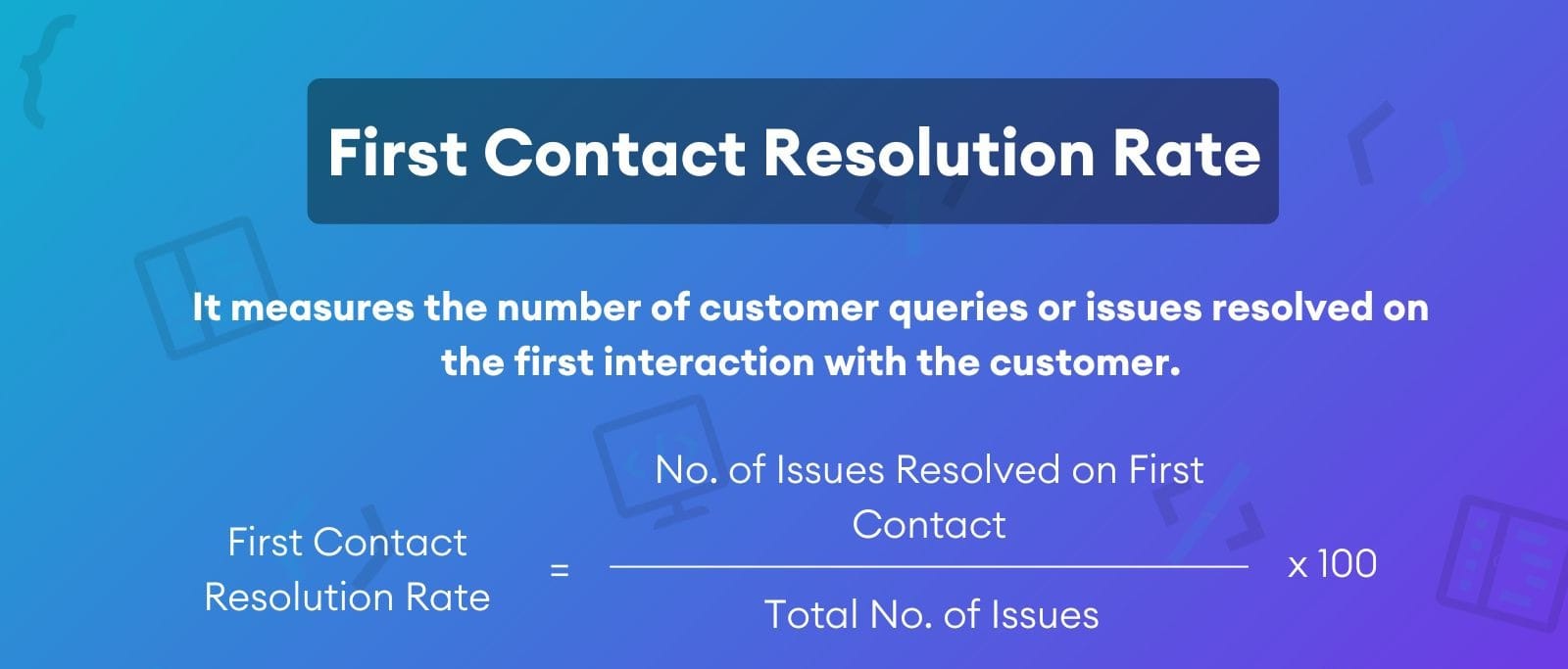Top 7 Customer Service KPIs For Ecommerce Businesses

Happy customers are the lifeblood of any ecommerce business. But how do you know if your customer service is hitting the mark?
This guide explores the top 7 customer service KPIs that matter most for ecommerce businesses. By tracking these customer engagement metrics, you'll gain a clear understanding of your customer service team's performance and identify areas where you can elevate the customer experience and keep them coming back for more.
Top 7 Customer Service KPIs
Key Performance Indicators (KPIs) serve as a metric for assessing the performance of both employees and the company as a whole. They play a crucial role in helping businesses set, monitor, and assess objectives. Among these, KPIs for customer service are included to gauge the effectiveness of customer support efforts:
Customer Satisfaction Score (CSAT)
The Customer Satisfaction Score (CSAT) is a must-used customer satisfacaction KPIs that directly measures how happy customers are with a specific customer service interaction. It provides a snapshot of their experience after resolving an issue or inquiry.
How it works:
- Customers are typically presented with a short survey after their interaction with customer service.
- The survey might ask them to rate their satisfaction on a scale (e.g., 1-5 stars, very satisfied to very dissatisfied).
- Sometimes, an open-ended question allows customers to elaborate on their experience.
Benefits:
- CSAT offers a quick and easy way to gather customer feedback on specific interactions.
- It helps identify areas where customer service might be excelling or falling short.
- Tracking CSAT over time allows you to monitor progress and measure the impact of improvements made to your customer service processes.
Limitations:
- CSAT focuses on a single interaction and may not reflect overall customer satisfaction.
- Open-ended feedback is crucial but requires additional analysis to understand the root causes of satisfaction or dissatisfaction.
Net Promoter Score (NPS)

The Net Promoter Score (NPS) is a customer service KPI that gauges customer loyalty by asking a simple question: "How likely are you to recommend our business to a friend or colleague?" Customers respond on a scale of 0 (not at all likely) to 10 (extremely likely).
Calculating NPS:
Based on their responses, customers are categorized as follows:
- Promoters (9-10): These are your loyal customers who are enthusiastic about your brand and are highly likely to recommend you to others.
- Passives (7-8): These customers are somewhat satisfied but not necessarily enthusiastic. They might not readily recommend you, but they also wouldn't discourage others.
- Detractors (0-6): These customers are unhappy with your service and are likely to share their negative experiences with others, potentially damaging your reputation.
First Response Time (FRT)

First Response Time (FRT) is one of the popular customer service kpis that measures the average speed at which your customer service team acknowledges a customer inquiry. This applies to all channels, like email, phone calls, or chat messages.
How Does it Work?
Imagine a customer sends an email about a product issue. FRT starts when they hit "send" and ends when they receive your team's initial response, acknowledging receipt of the inquiry. The average FRT is calculated by adding up response times for all inquiries within a specific period (week, month) and dividing by the total number of inquiries.
Benefits:
- Improved Customer Satisfaction: Faster responses make customers feel valued and heard, leading to greater satisfaction with your service.
- Increased Customer Loyalty: Happy customers are more likely to return for future purchases and recommend your brand to others.
- Enhanced Brand Image: A reputation for prompt and efficient customer service reflects positively on your brand image.
Average Resolution Time (ART)

Average Resolution Time (ART) is one of the popular customer service kpis that measures the average time it takes your customer service team to fully resolve a customer issue, from the initial contact to the final solution.
How to calculate it?
- Total Resolution Time: Add up the total time spent resolving all customer issues within a specific timeframe (e.g., weekly, or monthly).
- Number of Resolved Issues: Count the total number of customer issues resolved within the same timeframe.
- ART = Total Resolution Time / Number of Resolved Issues
Benefits of Improving ART:
- Increased customer satisfaction: Faster resolution leads to happier customers, boosting loyalty and positive brand perception.
- Improved efficiency: Faster resolutions free up your customer service team to handle more inquiries and streamline operations.
- Reduced costs: Lower ART can potentially lead to lower customer service costs by minimizing time spent on each issue.
Customer Effort Score (CES)

The Customer Effort Score (CES) is one of the popular customer service KPIs that measures how much effort a customer perceives they had to put in to get their issue resolved by your customer service team.
How it works:
- Customers are typically asked a single survey question after an interaction with customer service.
- The question might be phrased as: "On a scale of 1 (very difficult) to 7 (very easy), how easy was it for you to resolve your issue today?"
- Responses are then averaged to provide a CES score for that specific interaction or timeframe.
Benefits:
- Customer perspective: CES is a KPI for customer experience and also helps in improving customer experience and how easy they found it to get help.
- Identifies friction points: A low CES can highlight areas in your customer service process that are causing frustration and require improvement.
- Actionable insights: CES provides a clear customer service KPI metric for tracking progress and measuring the effectiveness of efforts to improve customer service ease-of-use.
First Contact Resolution Rate (FCR)

The First Contact Resolution Rate (FCR) is one of the best KPIs for customer service that measures the percentage of customer inquiries resolved during the initial interaction with your customer service team. This includes issues addressed through phone calls, emails, chats, or any other support channel.
How Does it Work?
Imagine a customer contacts your team about a problem. If the issue is solved during that first interaction, it contributes to your FCR. However, if the customer needs to be transferred to another rep or follow up later for resolution, it doesn't count towards the FCR.
Calculating FCR:
- Track the number of customer inquiries resolved during the first contact.
- Divide this number by the total number of customer inquiries received in a specific period (e.g., weekly, monthly).
- Multiply the result by 100 to express it as a percentage.
Benefits of a High FCR:
- Increased customer satisfaction: Resolving issues quickly and efficiently leads to happier customers.
- Improved efficiency: Less time spent on repeated contacts translates to a more efficient customer service operation.
- Reduced costs: FCR directly impacts customer service costs by minimizing the need for multiple interactions.
Customer Retention Rate

The Customer Retention Rate (CRR) measures the percentage of existing customers your business retains over a specific period. It reflects the effectiveness of your efforts to keep customers satisfied and coming back for more.
How to calculate it:
CRR = [(Number of customers at the end of the period) - (Number of new customers acquired during the period)] / (Number of customers at the beginning of the period) x 100
Benefits of a High CRR:
- Increased Revenue: Retained customers are more likely to make repeat purchases, leading to higher overall revenue.
- Reduced Acquisition Costs: Acquiring new customers is significantly more expensive than retaining existing ones. A high CRR helps minimize acquisition costs.
- Stronger Customer Loyalty: A high CRR signifies satisfied customers who are loyal to your brand and more likely to recommend it to others.
- Improved Brand Reputation: Happy customers often become brand advocates, spreading positive word-of-mouth and enhancing your brand reputation.
How Customer Service Impacts CRR:
Excellent customer service plays a crucial role in customer retention. By promptly resolving issues, addressing concerns effectively, and fostering positive interactions, customer service builds trust and loyalty, encouraging customers to stay with your business.
How to improve customer service KPIs using Manifest AI?

Improving customer service KPIs is essential for enhancing the overall customer experience and business performance. Manifest AI offers a comprehensive suite of features designed to improve help desk KPIs. Here's how you can leverage these features:
- AI Support
Implement AI Support to provide instant, accurate responses to customer inquiries. This reduces response times and increases the efficiency of resolving customer issues, directly impacting KPIs related to customer satisfaction and resolution time.
- AI Nudge:
Utilize AI Nudge to proactively engage customers by offering help and suggestions based on their browsing behavior and previous interactions. This anticipatory service can improve the customer effort score (CES) by making it easier for customers to find solutions and products, enhancing their overall experience.
- AI Search:
Enhance your site's search functionality with AI Search. By allowing customers to use natural language for their queries, you can significantly improve the findability of information and products. This not only boosts the customer satisfaction score (CSAT) but also contributes to a decrease in support tickets related to product searches.
- AI Quiz:
Deploy AI Quiz to interactively gather customer preferences and needs. This feature can be used to personalize the shopping experience, recommend products, and provide tailored support. By understanding your customers better, you can increase the net promoter score (NPS), indicating a higher likelihood of customers recommending your service.
Conclusion
In conclusion, measurable KPIs for customer service are vital for ecommerce businesses aiming to excel in customer satisfaction and operational success. These customer service KPIs examples encompassing customer satisfaction scores, net promoter scores, response times, resolution times, customer effort scores, first contact resolution rates, and customer retention rates, serve as a roadmap for identifying strengths and areas for improvement. By meticulously analyzing and acting on these KPIs, ecommerce businesses can fine-tune their customer service strategies, ensuring a superior shopping experience that fosters loyalty, encourages repeat business, and drives sustainable growth.

.png)
